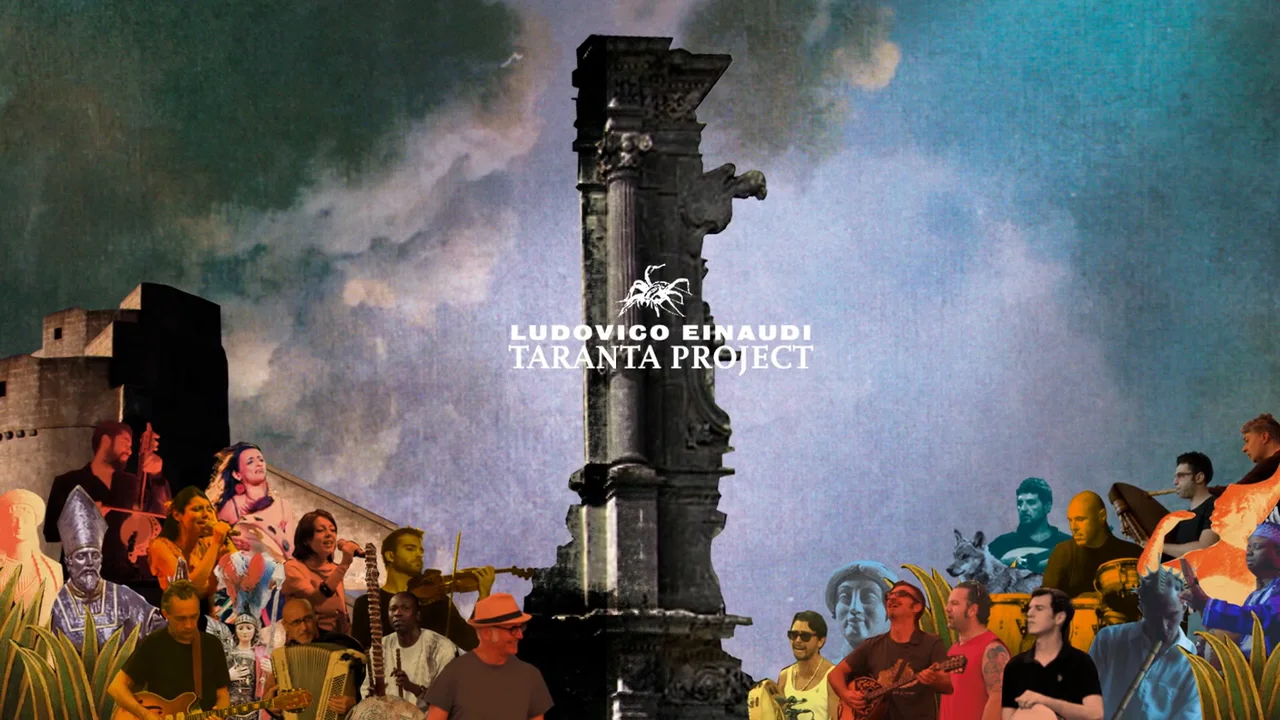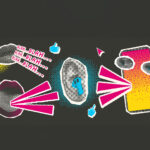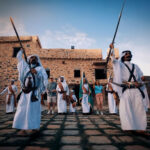The Mystical Journey of Ludovico Einaudi’s “Taranta Project”: A Personal Reflection

Ponderosa Music & Art
1 Introductio ad regnum Tarantulae / 2 Taranta / 3 Fimmene / 4 Nazzu Nazzu / 5 Choros / 6 Core Meu / 7 Tonio Yima / Rirollala / 8 Mamma la Rondinella / 9 Preludio / Nar I-Seher / 10 Ferma Zitella / 11 Santu Paulu / Finale / 12 Nuvole Bianche
Ludovico Einaudi’s “Taranta Project” is an album that resonates on multiple levels—emotionally, culturally, and spiritually. It’s a masterpiece that marries tradition with modernity, delivering a musical experience that defies categorisation. For me, this album has been a revelation, an auditory treasure that speaks volumes about the potential of musical fusion.
The Birth of Taranta Project
Einaudi was invited to direct a summer concert in Salento, a region in Southern Italy renowned for its La Notte della Taranta festival. The festival climaxes with a live performance that draws an audience of 100,000 people. As the director, Einaudi had the freedom to rearrange and innovate, and his vision was expansive. He wanted to elevate the traditional Tarantella music, which originated from this region, to a universal level.
A Tapestry of Influences
The album is a blend of live and studio recordings, capturing the energy of a live performance while maintaining the quality of a studio album. Einaudi worked closely with Mauro Durante, a musician deeply rooted in Salento’s musical tradition. The collaboration was transformative, leading to an “incredible journey,” as Durante described it. Einaudi’s enthusiasm and love for the music of Salento were infectious, permeating everyone involved in the project.
A Symphony of Collaboration
The album features an impressive roster of musicians. Balik Sissoko played the kora, an African harp, while Justin Adams and Juldeh Camara contributed their expertise on guitar and ritti, a one-stringed violin. These musicians found it easy to interact with Einaudi, who had done his homework on their musical styles. The result? A seamless fusion of different musical worlds.
The Role of Repetition and Dynamics
The album doesn’t just stick to one musical lane; it swerves and weaves between them. There’s an “almost operatic sense of dynamic,” with moments that are “absolutely epic” followed by periods of intimacy. The use of repetition is hypnotic, lulling you into a state of trance. It’s a nod to the Tarantella’s original purpose: a music and dance form believed to cure tarantula bites, named after the Tranter spider common in Salento’s fields.
A Universal Language
Einaudi’s vision was not just to celebrate the music of one region but to create a universal language of music. He brought in traditional percussion players from Turkey and experimented with electronic sounds, all while keeping the essence of the Tarantella intact. The album captures both “the essence of the past and the fresh season of the future,” as one collaborator put it.
A Personal Note
As someone who has always been intrigued by the power of musical fusion, this album resonates deeply with me. While I’ve often explored the interplay between Arabic and Western music, “Taranta Project” serves as a compelling example of how diverse musical elements can coalesce into something truly magical.
Thanks for reading!
Ludovico Einaudi’s “Taranta Project” is a living testament to the universality of music. It’s an album that has expanded my musical horizons and deepened my appreciation for the art of fusion. It’s a journey from Italy’s southern tip to the far reaches of Africa and the Middle East, all within the span of twelve tracks. For anyone who has yet to experience this musical marvel, I can’t recommend it highly enough. It’s not just an album; it’s a world waiting to be explored.
All You Need is Love, and a Subscription to Our Bi-Monthly Newsletter!

















